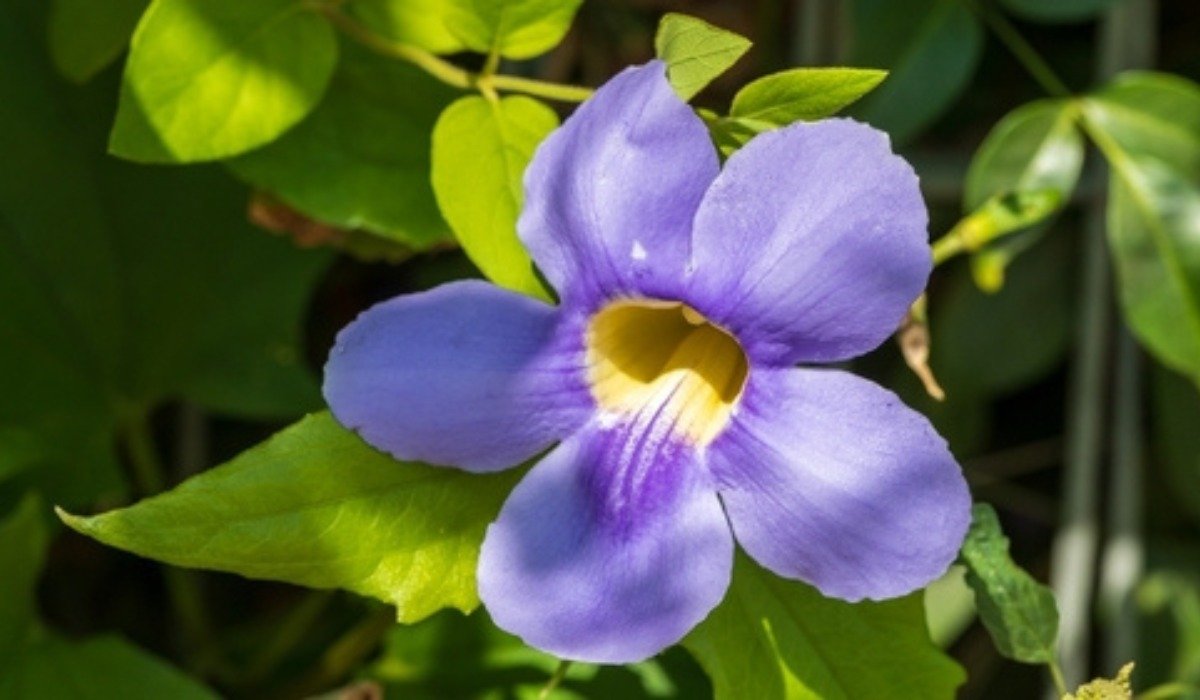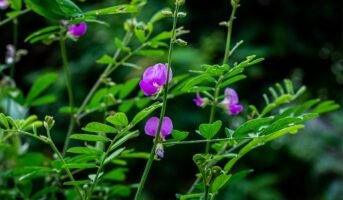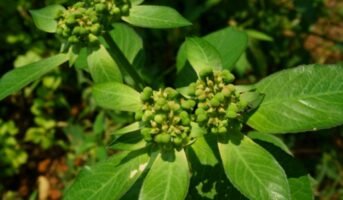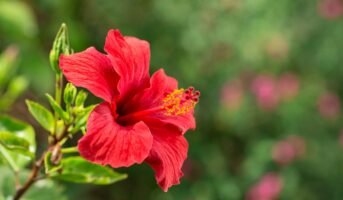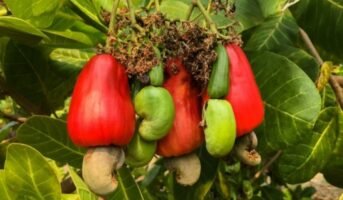Thunbergia grandiflora is a flowering vine found easily in the wild across the Pan-Asian region. It is a tropical evergreen climber vine that can be grown easily, even with a beginner’s experience in gardening. However, you can choose to plant this beautiful vine in your home garden to make it more aesthetically pleasing.
Here are the most essential facts to learn about Thunbergia grandiflora, also known as blue trumpet vine, before you try to take care of it on your own.

Source: Pinterest
see all about Thunbergia Erecta
Blue trumpet vine: Key facts
| Botanical name: Thunbergia grandiflora
Other names: Blue trumpet vine, Bengal clock vine, blue thunbergia and sky flower Plant Type: Climber Sun Exposure Required: Partial or full sun depending on the variety Average Height: 6’ to 8’ or 180 cm to 240 cm Average Width: 3’ to 6’ or 90 cm to 180 cm Water Required: Average water requirements Maintenance Required: Low maintenance required Preferred Soil Type: Chalk, Loam and Sand Preferred Soil pH: Acid, Alkaline, Neutral |
Thunbergia grandiflora: Identifiable features
Some of the easiest identifiable features of Thunbergia grandiflora are its flowers which are trumpet-shaped and lavender-blue. The flowers on the vines also grow in clusters.
The leaves are also an identifiable feature of the Blue Trumpet Vines that are large and heart-shaped, and bright green. The plants bloom in summer and fall, but in tropical places, the flowers bloom throughout the year.

Source: Pinterest
Thunbergia grandiflora: When to plant?
The best time to plant Thunbergia grandiflora is in the spring season, i.e. in March and early April. This is beneficial because the blooming season for the vines comes in the summer, i.e. between late April to July. Also, it is the best time to provide the required sunlight to the plant so that it grows well in its early stages.

Source: Pinterest
Thunbergia grandiflora: Planting tips
At maturity, Thunbergia grandiflora will grow to be 8 ft tall; therefore, it is crucial to plant it in a spot where it has enough space to grow to its full height. You must also make sure to plant the vine by digging a hole that is at least thrice as wide as the root ball to give the roots enough space to spread.
While planting the vine, it is important to provide it with sturdy support so that it grows well. Since it is a climber type, you must plant the vines next to a fence or sturdy poles that the vine can twist around to grow rapidly. To improve the water drainage and the texture of the soil, you can add compost and about 7 cm of mulch to the soil.
Thunbergia grandiflora: Maintenance tips
Thunbergia grandiflora requires very low maintenance. The first thing you need to be sure of is to allow the soil to be well drained. Watering the plant on a regular schedule is enough to keep the soil moist enough for the plant to grow. Also, provide the plant with organic manure and NPK fertilisers.
You must make sure to prune the vines properly by cutting 2’ to 6’ cuttings from the leaves to reduce the weight of the branches. Moreover, in the early stages, to keep the vines upright, you will have to tie the vine to a sturdy, supportive fence or beam.
Thunbergia grandiflora: Why is it a great choice for landscaping?
These vines are great for landscaping because they blend into the landscape for landscaping applications like accent, hedges or screening, general garden use, naturalising and woodland gardens, container planting and hanging baskets.
Thunbergia grandiflora: Uses
- In tropical and subtropical regions, T. grandiflora is widely cultivated as an ornamental and a hedge plant.
- A poultice can be made with powdered and dried leaves after they have been moistened.
- Drug and alcohol abuse can be treated with dried leaves as herbal tea.
FAQs
What is the place of origin of Thunbergia grandiflora?
The blue trumpet vine is native to India but can be found easily in tropical regions of Asia.
Can blue trumpet vine flowers bloom in other colours?
The blue trumpet vine flowers only bloom in shades of blue and lavender with yellow and white stripes at their cores.
Is Thunbergia grandiflora poisonous?
There are no known toxic effects associated with Thunbergia grandiflora. However, the sap can be mildly irritating to pets.
Housing News Desk is the news desk of leading online real estate portal, Housing.com. Housing News Desk focuses on a variety of topics such as real estate laws, taxes, current news, property trends, home loans, rentals, décor, green homes, home improvement, etc. The main objective of the news desk, is to cover the real estate sector from the perspective of providing information that is useful to the end-user.
Facebook: https://www.facebook.com/housing.com/
Twitter: https://twitter.com/Housing
Email: [email protected]
